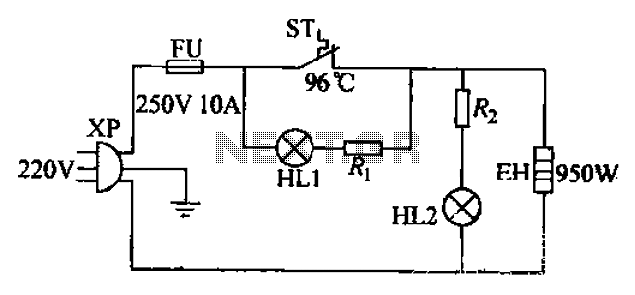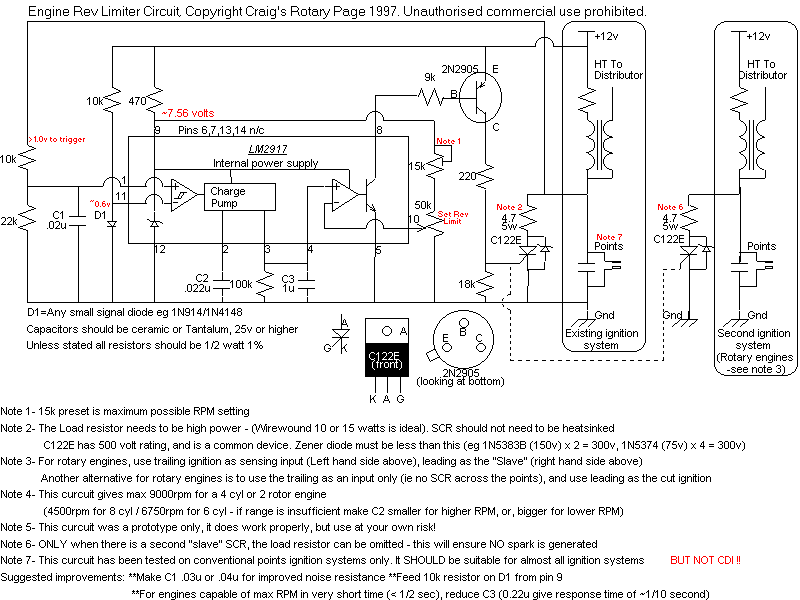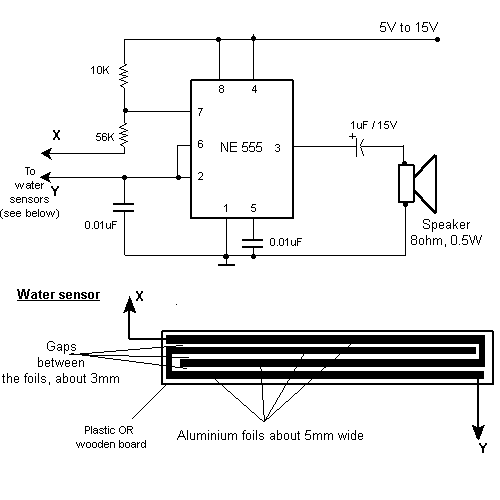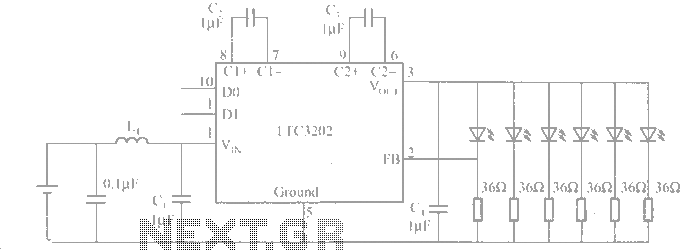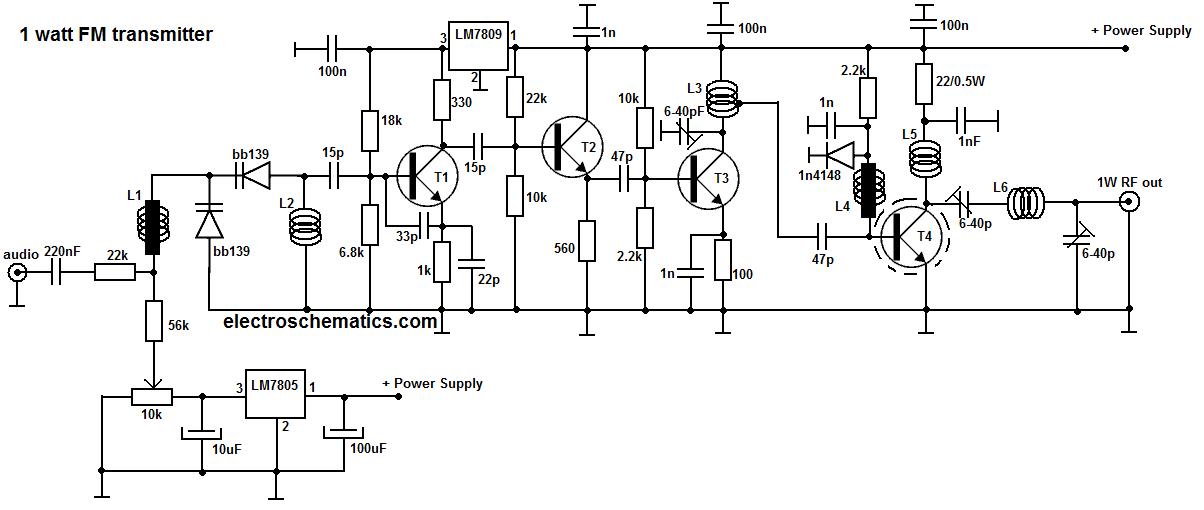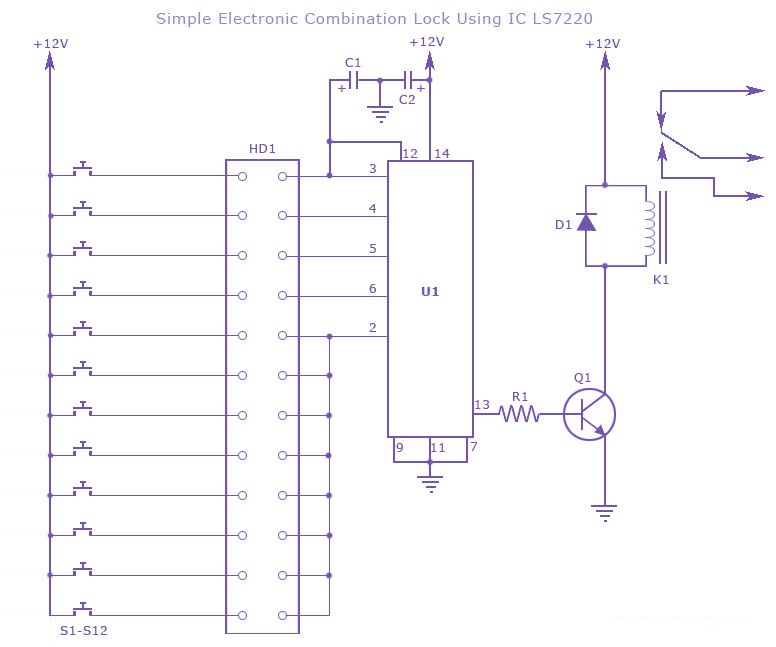
What do I need to close an electrical circuit for a certain amount of time
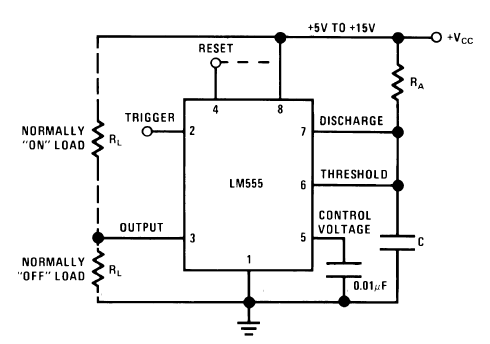
The old 555 timer will work based on the specifications provided, and it is a suitable choice if this is the exact problem to be addressed. As mentioned by Steven, this type of timing block is generally referred to as a monostable multivibrator, commonly known as a one-shot. Dedicated one-shot chips may be simpler to connect due to their targeted design. The 74x122 is one such example, although it has not been verified whether it can support timing durations of up to 30 seconds. However, an alternative approach is to utilize a microcontroller. Even the smallest and most cost-effective microcontrollers, such as the PIC 10F200, can accomplish this task. For those unfamiliar with microcontrollers, it may require more effort to implement. Nevertheless, for individuals interested in electronics with plans for future projects, acquiring knowledge about microcontrollers is highly beneficial and increasingly essential. Microcontrollers have become indispensable components in modern electronics, alongside resistors, capacitors, and transistors. In commercial applications, many professional electrical engineers would likely opt for a microcontroller rather than an analog timing chip due to size considerations. The PIC 10F200 is available in a SOT-23 package and requires only a bypass capacitor for operation. It can be configured with internal pull-up resistors on certain pins, allowing for the direct connection of a mechanical switch without additional components. The accuracy and stability of the PIC 10F200's oscillator are superior, with performance typically within a few percent. Analog components generally do not offer such precision, particularly with capacitors, which can incur significant costs for high accuracy. Over a wide temperature range, the performance of analog components may degrade further. Furthermore, microcontrollers provide greater flexibility. Presently, the requirement is to function as a one-shot timer; however, specifications may evolve prior to market release. For instance, if a customer requests a blinking light to indicate that the output will deactivate within five seconds, or if different versions with 10, 20, and 60-second timing intervals are needed, a microcontroller can accommodate these changes with a simple firmware update. In contrast, an analog solution would necessitate component modifications and introduce concerns regarding stability over extended timing periods. While these considerations may not be relevant to the current situation, it is important to recognize that alternative solutions exist.
Microcontrollers, such as the PIC 10F200, offer significant advantages over traditional analog timing solutions, particularly in applications requiring precision, flexibility, and scalability. The PIC 10F200 operates efficiently in various environments, maintaining consistency in performance across temperature fluctuations, which is a common challenge with analog components. The integration of a microcontroller allows for easy adjustments to timing parameters through firmware modifications, facilitating rapid prototyping and development of new features in response to market demands.
In practical applications, the microcontroller can be programmed to implement various timing functions, including but not limited to one-shot timers, pulse-width modulation (PWM) for signal generation, and even more complex timing sequences as needed. The compact SOT-23 package of the PIC 10F200 ensures minimal PCB space usage, making it ideal for compact designs. Furthermore, the ability to incorporate additional features such as LED indicators or communication interfaces (e.g., UART, SPI, I2C) enhances the functionality of the design without significant hardware changes.
For a typical circuit utilizing the PIC 10F200, the design would include the microcontroller connected to a power supply, a bypass capacitor to stabilize the power supply voltage, and a mechanical switch for user input. The firmware would manage the timing logic, responding to the switch activation to initiate the desired timing sequence. This configuration not only simplifies the design process but also provides a robust solution capable of adapting to future requirements. Overall, the transition from analog timing solutions to microcontroller-based designs represents a significant advancement in electronic circuit design, enabling greater innovation and efficiency in product development.The old 555 timer will certainly work given the specs you provided, and that`s the way to go if you are sure this is precisely the problem you want to solve. By the way, as Steven mentioned, the general name for this type of timing block is monostable multivibrator, but it is more popularly known as a one shot.
There are also dedicated one shot chips that should be simpler to hook up since they are more targeted. The 74x122 is one example, although I haven`t checked whether it supports times as long as 30 seconds. However, the real purpose of this answer is to point out a totally different approach, which is to use a microcontroller.
Even the smallest, simplest, cheapest micro can do this, like the PIC 10F200. If you`re not already familiar with micros, then this will take a lot more to get going. However, if you are truly interested in electronics and envision doing other projects, then learning about micros is really useful. In fact I`d say it is essential. Nowadays microcontrollers are indispensible electronic components along with resistors, capacitors, and transistors.
If this were a commercial product, I think most professional electrical engineers would use a micro, not a analog timing chip. Smaller. The PIC 10F200 comes in a SOT-23 package. All it needs is a bypass cap. It can be configured to have internal pullups on some pins, so a mechanical switch can often be connected without additional parts.
More accurate and stable. Even on a bad day, the oscillator in the PIC 10F200 is good to a few percent. You`re not going to find analog parts that accurate, especially the capacitor, without significant cost. Over the full temperature range, analog parts will be even worse. More flexible. Right now the spec is to simply act like a one shot. Might the requirements change a bit before the product goes to market What happens when a customer wants a blinking light to indicate the output will go off within 5 seconds What about different versions that do 10, 20, and 60 second on times You probably say that won`t happen, but in the real world this sort of thing happens a lot.
Some sales guy promises a 60 second version to a customer, and all of a sudden you have to make a new variant. With a micro this is a minor firmware change. With a analog solution parts would have to be changed, and then you have to worry about stability at long times.
None of these points may apply to your instance right now, and the analog solution may be perfectly fine for your case. However, I want you to at least be aware that there are other ways. 🔗 External reference
Microcontrollers, such as the PIC 10F200, offer significant advantages over traditional analog timing solutions, particularly in applications requiring precision, flexibility, and scalability. The PIC 10F200 operates efficiently in various environments, maintaining consistency in performance across temperature fluctuations, which is a common challenge with analog components. The integration of a microcontroller allows for easy adjustments to timing parameters through firmware modifications, facilitating rapid prototyping and development of new features in response to market demands.
In practical applications, the microcontroller can be programmed to implement various timing functions, including but not limited to one-shot timers, pulse-width modulation (PWM) for signal generation, and even more complex timing sequences as needed. The compact SOT-23 package of the PIC 10F200 ensures minimal PCB space usage, making it ideal for compact designs. Furthermore, the ability to incorporate additional features such as LED indicators or communication interfaces (e.g., UART, SPI, I2C) enhances the functionality of the design without significant hardware changes.
For a typical circuit utilizing the PIC 10F200, the design would include the microcontroller connected to a power supply, a bypass capacitor to stabilize the power supply voltage, and a mechanical switch for user input. The firmware would manage the timing logic, responding to the switch activation to initiate the desired timing sequence. This configuration not only simplifies the design process but also provides a robust solution capable of adapting to future requirements. Overall, the transition from analog timing solutions to microcontroller-based designs represents a significant advancement in electronic circuit design, enabling greater innovation and efficiency in product development.The old 555 timer will certainly work given the specs you provided, and that`s the way to go if you are sure this is precisely the problem you want to solve. By the way, as Steven mentioned, the general name for this type of timing block is monostable multivibrator, but it is more popularly known as a one shot.
There are also dedicated one shot chips that should be simpler to hook up since they are more targeted. The 74x122 is one example, although I haven`t checked whether it supports times as long as 30 seconds. However, the real purpose of this answer is to point out a totally different approach, which is to use a microcontroller.
Even the smallest, simplest, cheapest micro can do this, like the PIC 10F200. If you`re not already familiar with micros, then this will take a lot more to get going. However, if you are truly interested in electronics and envision doing other projects, then learning about micros is really useful. In fact I`d say it is essential. Nowadays microcontrollers are indispensible electronic components along with resistors, capacitors, and transistors.
If this were a commercial product, I think most professional electrical engineers would use a micro, not a analog timing chip. Smaller. The PIC 10F200 comes in a SOT-23 package. All it needs is a bypass cap. It can be configured to have internal pullups on some pins, so a mechanical switch can often be connected without additional parts.
More accurate and stable. Even on a bad day, the oscillator in the PIC 10F200 is good to a few percent. You`re not going to find analog parts that accurate, especially the capacitor, without significant cost. Over the full temperature range, analog parts will be even worse. More flexible. Right now the spec is to simply act like a one shot. Might the requirements change a bit before the product goes to market What happens when a customer wants a blinking light to indicate the output will go off within 5 seconds What about different versions that do 10, 20, and 60 second on times You probably say that won`t happen, but in the real world this sort of thing happens a lot.
Some sales guy promises a 60 second version to a customer, and all of a sudden you have to make a new variant. With a micro this is a minor firmware change. With a analog solution parts would have to be changed, and then you have to worry about stability at long times.
None of these points may apply to your instance right now, and the analog solution may be perfectly fine for your case. However, I want you to at least be aware that there are other ways. 🔗 External reference
